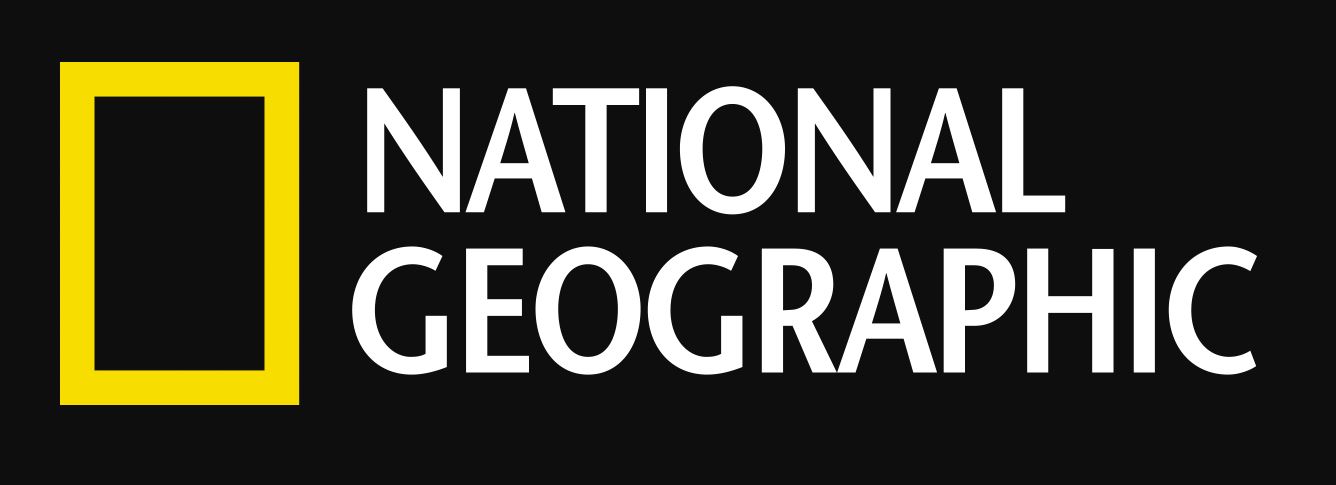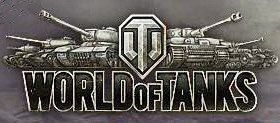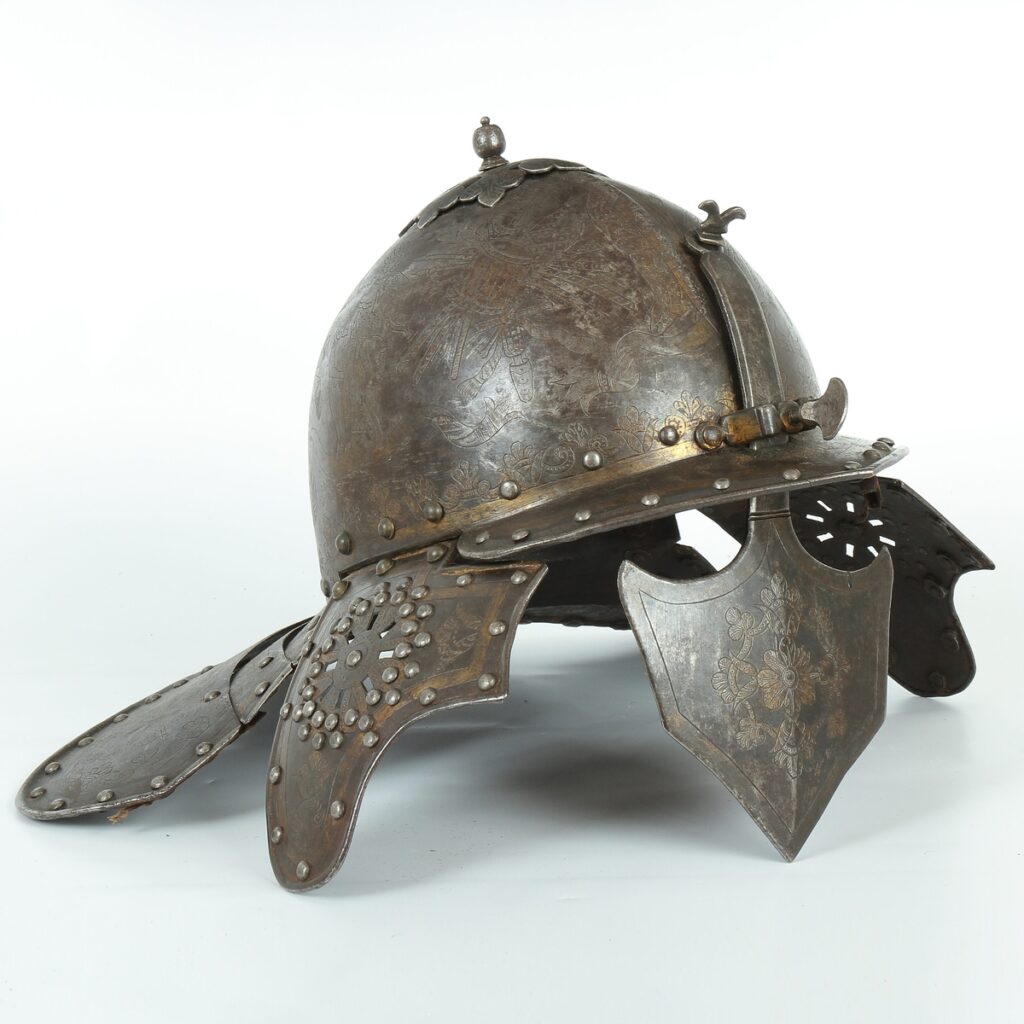
02 Cavalry Commannder´s „Lobster-Tail“ Helmet, Central Europe, 2nd half of 17th century
Fotogalerie
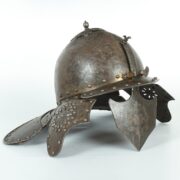
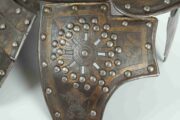
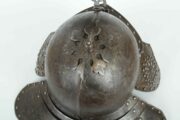
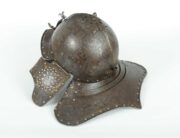
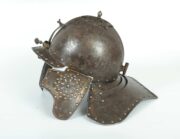
The development of European helmets in the 16th and 17th centuries was strongly influenced by the long wars with the Ottoman Empire. During these wars, Europeans encountered oriental assault helmets, adopted and adapted them to their needs and used for a long time on European battlefields. Most types of these Oriental helmets were manufactured by German helmet makers in the main production centres, the cities of Augsburg and Nuremberg. These helmets did not have a comb, the skull was rounded or slightly conical in shape and ended in a straight edge at ear level. The sides of the head were protected by movable cheekpieces, a distinctive frontal plate, and a sliding noseguard characteristic of oriental helmets. The back of the head was protected by a wide movable cover made of several steel plates. The variant worn by the cuirassiers of General Count G. H. Pappenheim (1594−1632), after whom these helmets are commonly named.
The helmet has a hemispherical skull with a slight comb, on the top finished with an eight-petal rosette with a button. The movable back cover is made of three plates connected by leather straps with iron rivets. The movable flaps with hearing holes in the eight-pointed star are fitted with two rows of rivets. The massive sliding nosepiece has two fixing screws. The surface of the helmet is blackened and engraved and shows remnants of gilding. On the skull are three female figures, always with three putti on the sides, and between the figures are military trophies. Engraved floral and band ornamentation is used on the other parts of the helmet.
Length 415 mm, width 447 mm, height 275 mm, weight 2 630 g.
Aktuálně

Prosinec 1944 – oficiální vydání prvních poštovních známek osvobozeného Československa
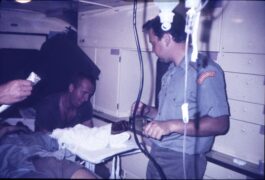
Českoslovenští zdravotníci ve válce v Zálivu

Výzkum u českých krajanů v Chorvatsku
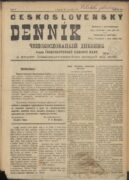
Československý deník sehrál v životě legionářů v Rusku velmi důležitou roli. Poprvé vyšel v prosinci 1917


